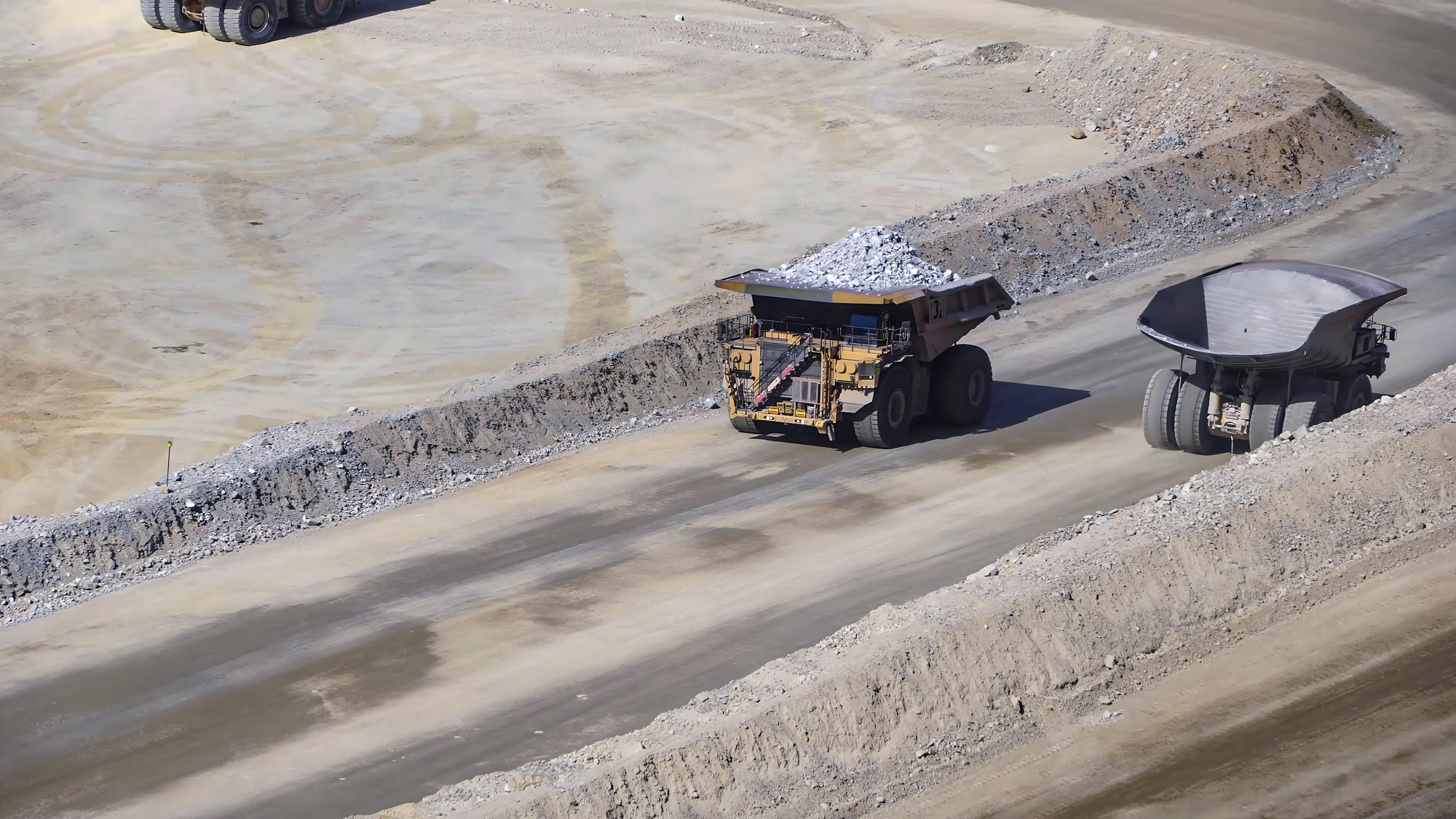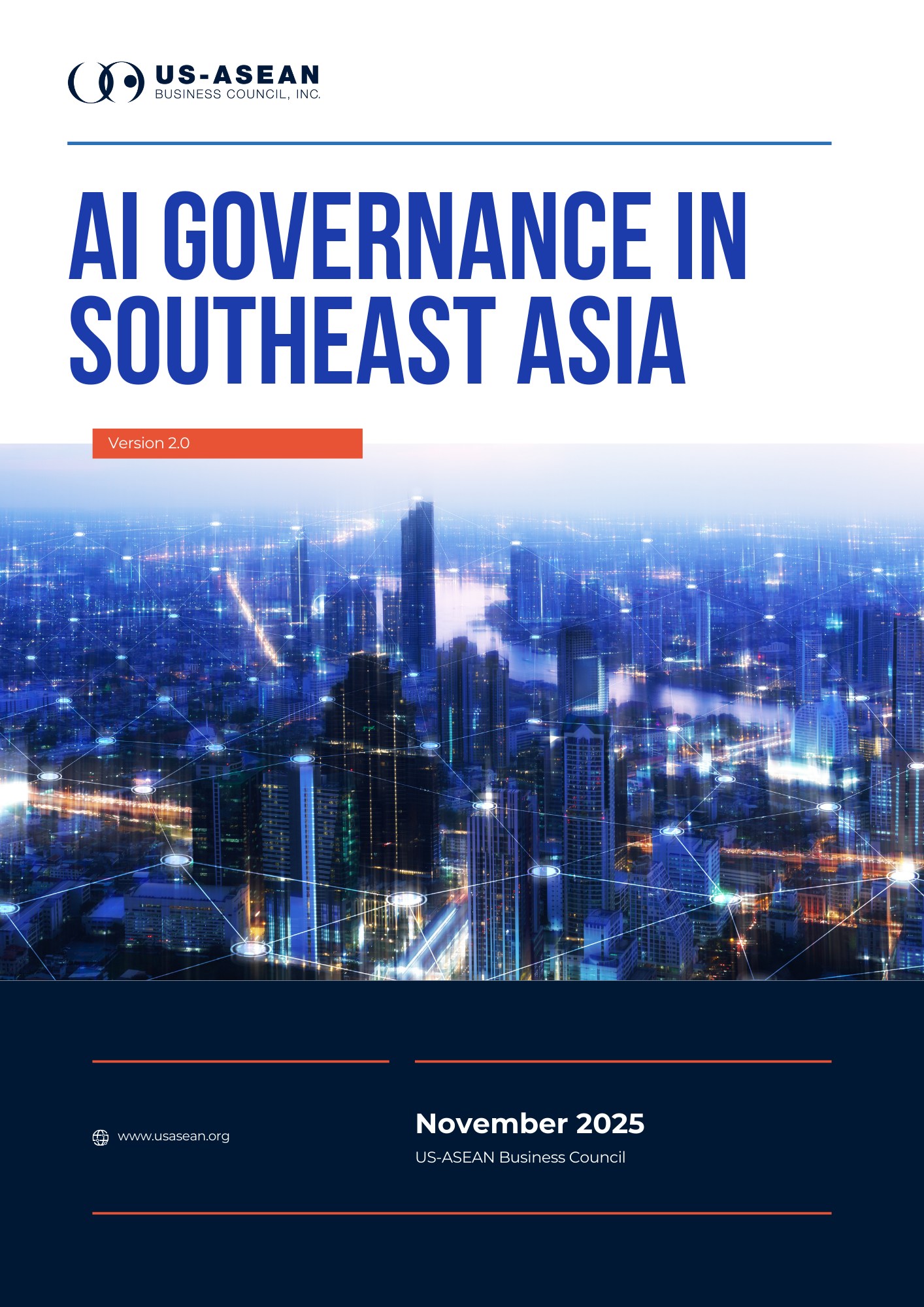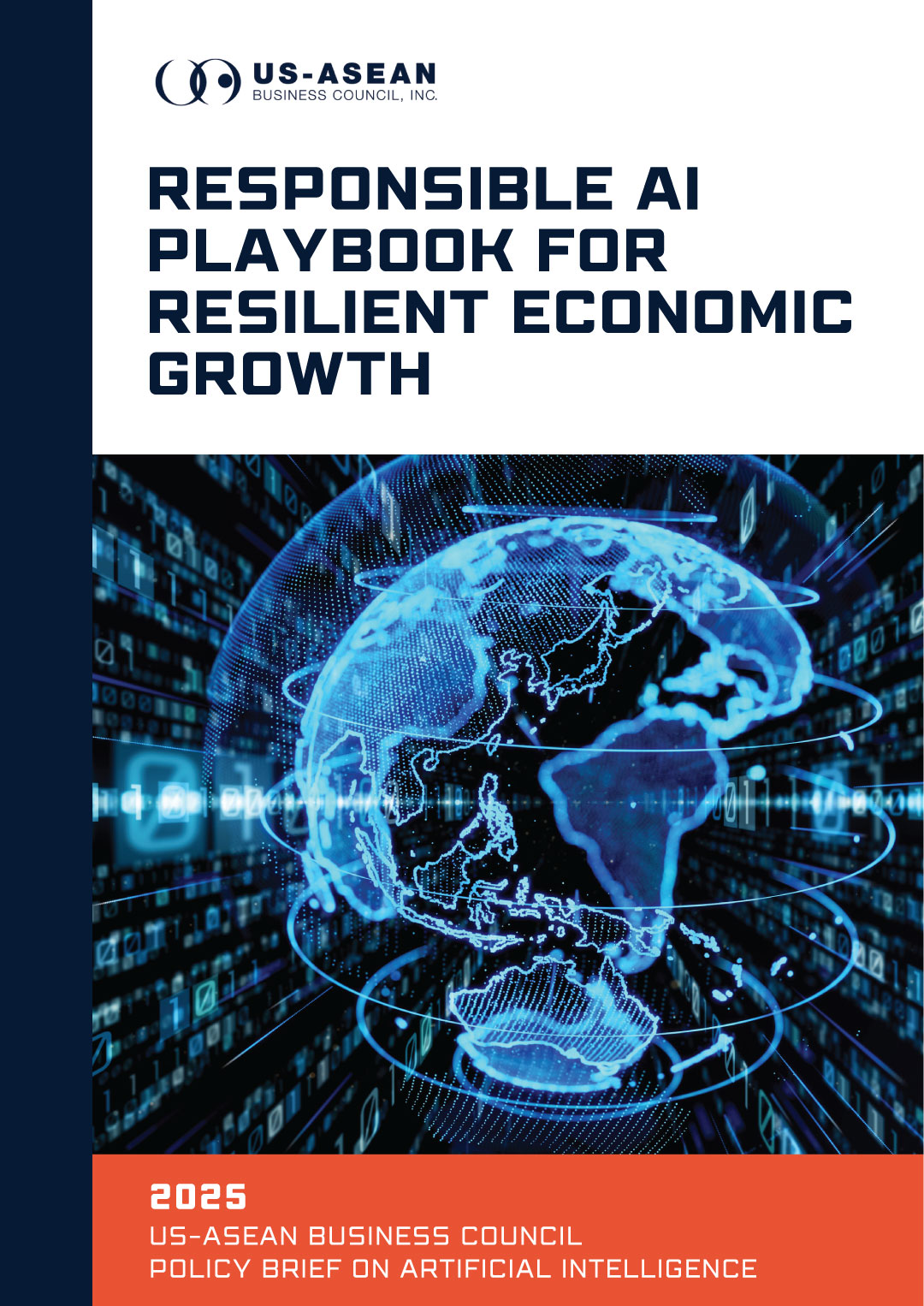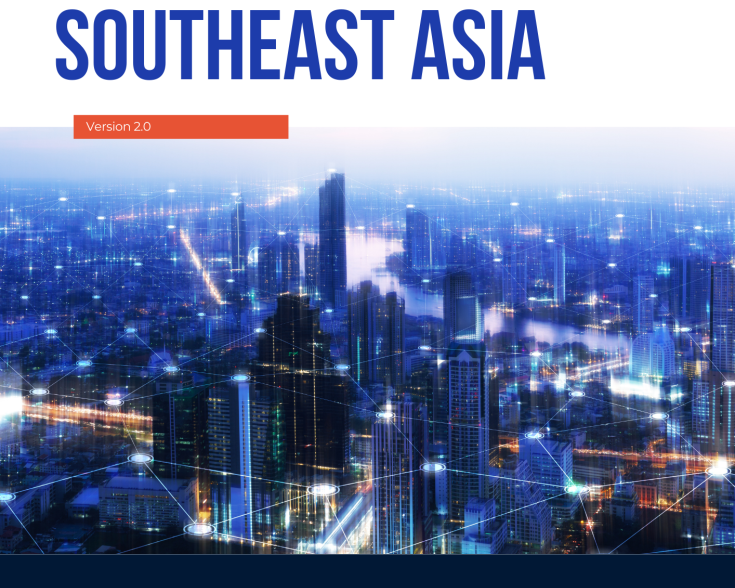Digging Deep on Critical Minerals and ASEAN

Digging Deep on Critical Minerals and ASEAN
At the 10th ASEAN Ministerial Meeting on Minerals (AMMin) in Vientiane, Lao PDR, officials affirmed the strategic importance of the minerals sector in advancing economic integration and supporting the AEC Strategic Plan 2026–2030. At the core of this change in direction was the newly adopted ASEAN Minerals Development Vision (AMDV) 2045, which aims to position ASEAN as a leading destination for investment, including in critical minerals. This marks a shift in direction for ASEAN, with all 11 governments signaling political commitment towards improving the mining industry.
ASEAN’s efforts seek to address a decline in investment in the region's critical mineral sector, despite the rich mineral resources that ASEAN states possess. Major critical minerals found in Southeast Asia include copper, nickel, tin, rare-earth elements (REEs), cobalt, manganese, and graphite, found in Indonesia, the Philippines, Vietnam, Thailand and Myanmar. But major mining companies are underrepresented, and the region only attracted roughly USD 200 million in exploration expenditure out of a global total of USD 8.3 billion.
This underinvestment is evident - while some of the mines are currently operational, there has been a lack of new mines established in recent years, signifying a slowdown in exploration. Companies have cited investment barriers including regulatory gaps, unpredictable legal regimes, the lack of open geological data, and little security of tenure. Financial risks also deter investors, who may be dissuaded from investment by the long lead time and extensive due diligence required for mining projects, creating funding gaps. Despite these issues, ASEAN governments are keen to develop their critical mineral industries and supply chains by engaging a diverse group of stakeholders, as laid out during the AMMin meetings.
The shift in minerals demand and the growing intensity of minerals use is notably driven by the transition towards low-carbon emission technologies, including renewable energy, energy storage and electrification of transport, plus digital technologies.
Launch of AMCAP-IV and its Implications
ASEAN member states also launched the ASEAN Minerals Development Vision (AMDV) 2045 and laid out their implementation plan, the ASEAN Minerals Cooperation Action Plan (AMCAP-IV) 2026–2030, adopted as the first five-year framework for critical minerals development. Launched earlier this month, the AMCAP-IV establishes practical pathways to expand cooperation across the entire mineral value chain—from upstream-to-downstream development. In the document, ASEAN governments committed to adopting clear and consistent policy statements and objectives for minerals development across ASEAN, with the aim of transforming the region into a competitive production and processing hub.
The ASEAN Secretariat has published the AMCAP-IV on their website.
Opportunities for Engagement
The US Administration has indicated that critical minerals are an area of future cooperation that is relevant to American interests. Critical minerals today are “America’s most dangerous dependence” as China retains significant control of the world’s critical minerals production, which are used in the production of various everyday goods. This week, President Donald Trump signed separate agreements seeking cooperation to diversify critical minerals supply chains trade and critical minerals with Thailand and Malaysia.
ASEAN has also indicated its interest in attracting diverse private sector investment in the mining sector from different countries along the value chain – from upstream exploration to more downstream processes such as processing. The ASEAN Minerals Investment Forum (AMVest) 2025, held from 2-3 October 2025, focused on "Promoting ASEAN as a Minerals Investment Destination". AMVest, which will become an annual event alongside the AMMin meetings, serves as ASEAN Economic Community’s platform to promote investment, highlight opportunities, and foster engagement between business and government.
The US-ASEAN Business Council’s Regional Managing Director, Amb. Ted Osius, and Senior Manager, Christine Wan, spoke on the role of private sector participation in blended finance at AMVest and at a high-level plenary dialogue on investment opportunities and challenges. During the session, the Council emphasized the importance of strengthening public-private collaboration and enhancing the bankability of blended finance projects to unlock investments that support energy security and the energy transition across Southeast Asia.
“Recognizing that there is underinvestment in the important critical minerals sector, the World Bank and Asian Development Bank are stepping up their support for development in the ASEAN region,” said Ambassador Osius. He added, “I’m happy to see the ASEAN member states and the Secretariat working together to eliminate bottlenecks and share best practices in mining. This is an area of growing interest to the U.S. private sector.”
As the AMMin meetings occurred during the lapse in U.S. appropriations, the USG officials present were unable to speak and the US ambassador to Laos had to cancel a planned reception. Because he joined the private sector high-level dialogue with ministers as well as moderating the panel on blended finance, Ambassador Osius, representing USABC, was the most visible American at the gathering.
A Strategic Area of Cooperation
In the News:
- Trump strikes deals on trade, critical minerals in Southeast Asia
- Cooperate, not compete: ASEAN's critical mineral strategy for energy transition
- Joint Media Statement of the Tenth ASEAN Ministerial Meeting on Minerals (10th AMMIN)
- America’s Most Dangerous Dependence: Washington Must Secure a Supply of Critical Minerals That China Doesn’t Control
- China, the United States, and the AI Race
- Building the future: ADB’s new approach to supporting critical minerals-to-manufacturing value chains in Asia and the Pacific





![Cover-[USABC-Final]-Driving-ASEAN-Unity-Malaysia's-Vision-for-2025](/sites/default/files/2025-07/Cover-%5BUSABC-Final%5D-Driving-ASEAN-Unity-Malaysia%27s-Vision-for-2025.jpg)


